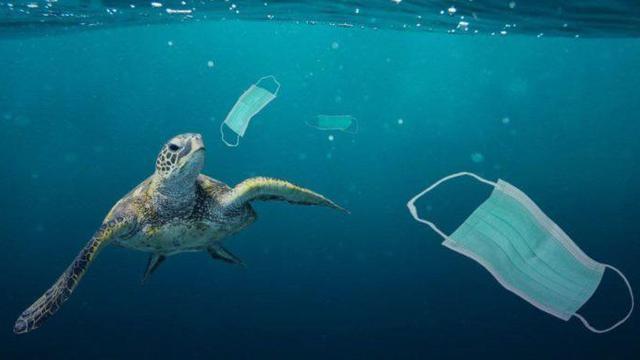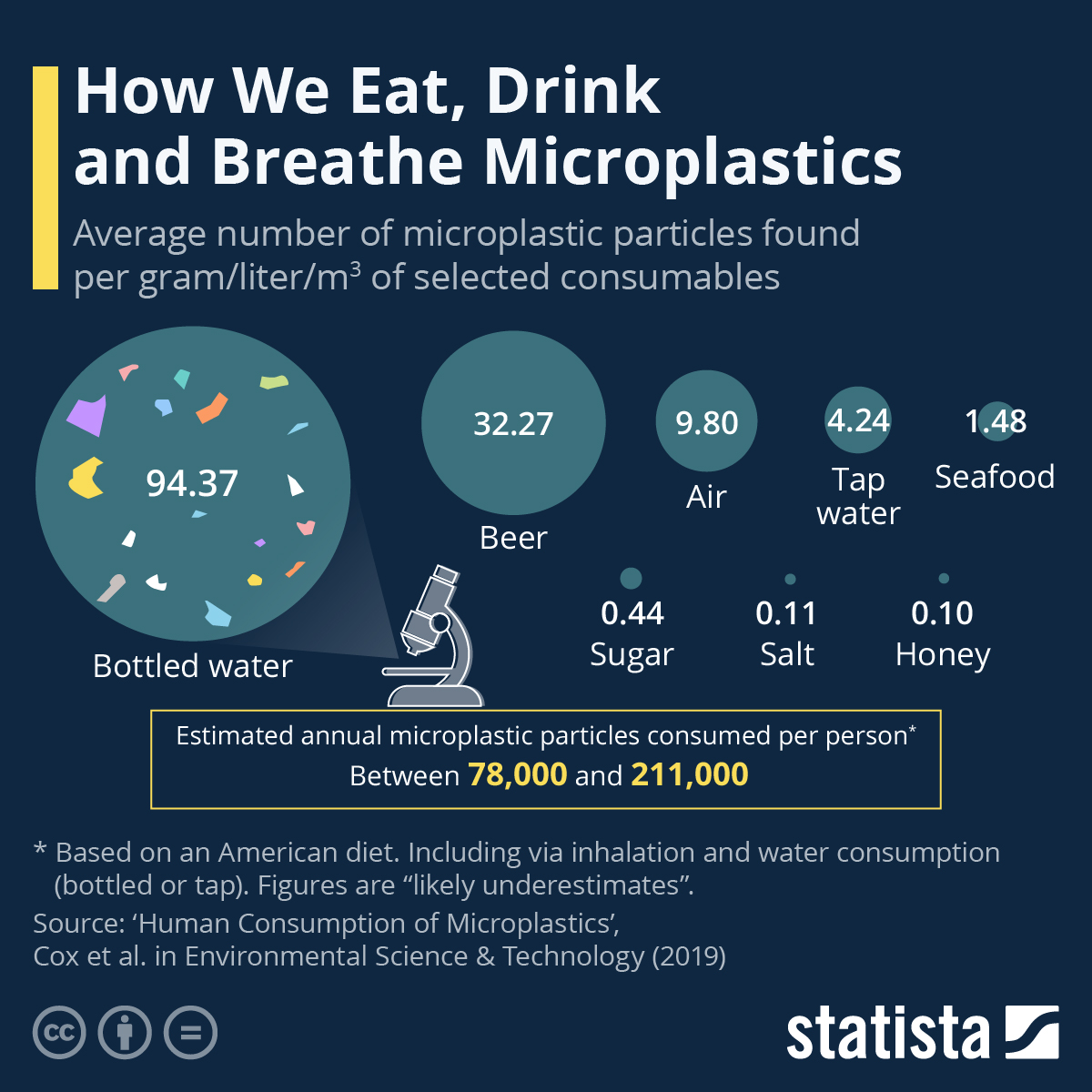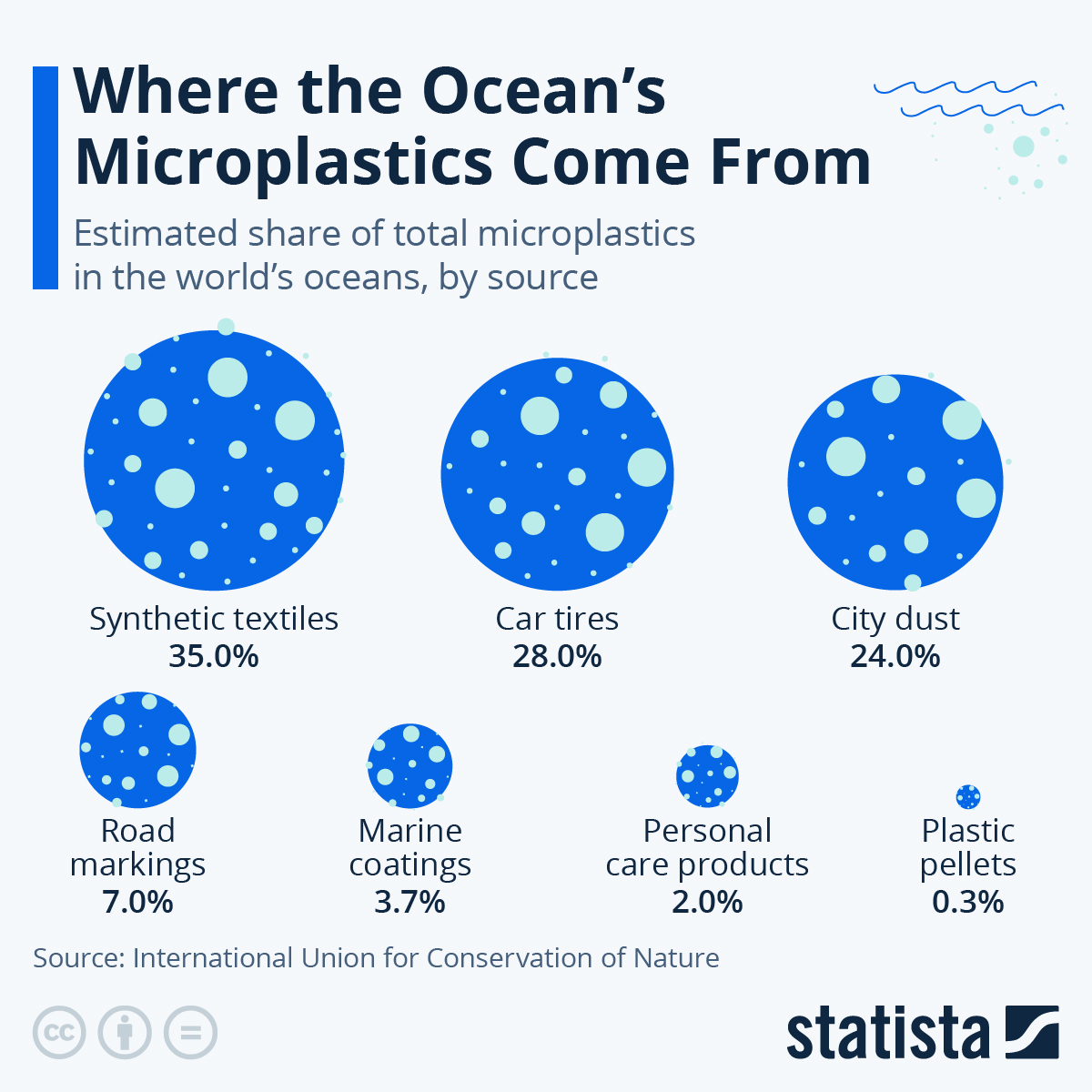#EVIL #MASK #MADNESS IS #DESTROYING OUR #NATURAL #WORLD ?

Over 1.5 BILLION f#ace #masks now believed to be polluting oceans thanks to 2020
Disposable face masks can take more than 450 years to break down. As 2020 draws to a close, one of the most recognizable symbols of the year may be the protective face mask. As the "novel coronavirus" swept across the globe earlier this year, billions of people began wearing the face coverings, with one study estimating that no less than 129 billion face masks were being used every month around the world.
However, as face masks have become ubiquitous in our day-to-day lives, they’ve also grown to litter every corner of our neighborhoods, from storm drains to creeks, parks to beaches. And now, it turns out that our oceans are swimming with face masks, according to a new report from marine conservation NGO OceansAsia.
“Once #plastic enters the #marine #environment, it’s very difficult to move,” Dr. Teale Phelps Bondaroff, the group’s director of #research, told Denver 7.
“The fact that we are starting to find masks that are breaking up indicates that this is a real problem, that #microplastics are being produced by masks,” Bondaroff said.
The Hong Kong-based group estimates that some 1.56 billion face masks will have flooded our #oceans in 2020 alone – a grim statistic that they have witnessed firsthand since face masks began washing up on a small island off the coast of the Chinese mega-city since the start of the pandemic.
The masks could become yet another major contributor to the ongoing crisis of plastic #pollution in our #ocean, with disposable face masks taking as long as 450 years to break down.
The #single-use masks that are recommended by #health authorities and used as personal protective equipment in hospitals across the world are made of multiple layers of #polypropylene, which are thin fibers of plastic ( #NOW IN YOUR #LUNGS ~B).
And with 52 billion masks being manufactured in this year, with the average weight of each single-use polypropylene surgical face mask being 3 to 4 grams, we could be looking at anywhere from 4,680 to 6,240 metric tons of new marine plastic pollution.













